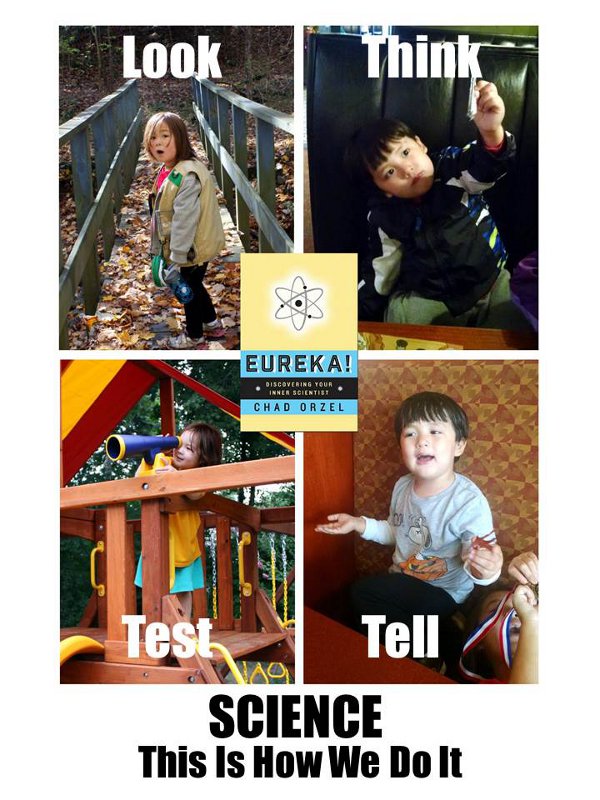When I launched this back at the start of December, I honestly wasn’t sure I would have enough good stories to make it through. I suspected I might end up going a week or two, then quietly letting the whole thing drop. As we come to the end, though, I’ve run out of days well before running out of stories. There’s this one slot left, and a huge number of great stories I could relate– Pauli proposing the neutrino as an act of desperation, or Cowan and Reines detecting it. The race to split the atom in the 1930’s, won by Rutherford’s Cavendish Lab. Julian Schwinger’s odd work schedule. John Bell and Bertlesmann’s socks. Any number of discoveries in astronomy. And that’s without even getting into stories involving people who are still alive (something I’ve tried to avoid in this).
For the final installment, though, I’m going to steal an idea from Time magazine, and say that the final science story of the series is the story of you. Yes, you.
Which, you know, might seem like a cop-out, but then again, it’s the whole point of the book I started this to promote. Everyone has an inner scientist, who is employed in the pursuit of any number of everyday activities. Just about anything you do makes use of the scientific process at some level. We are all constantly observing the world, making mental models, testing those models, and sharing the results. This process is used in basically any job more complicated than digging holes and filling them back in, but it’s also used in pursuit of fun and relaxation.
If you enjoy pattern-matching games from “Where’s Waldo” to Candy Crush, you’re using the same mental abilities that let Henrietta Swan Leavitt determine the scale of the universe.
If you like collecting things, you’re following the path that helped make Charles Darwin one of the most iconic figures in the history of science:
If you prefer to unwind by playing cards, you’re using the process of deduction that helped Vera Rubin discover dark matter:
If you enjoy crossword puzzles, the self-checking that you do when working out those multi-word theme clues is the same process used to discover the exceedingly improbable basis of quantum physics:
And the list goes on. For another ten chapters or so, if you pick up the book…
So, at the conclusion of our countdown to Newton’s birthday, take a moment to celebrate… yourself, and your own inner scientist. And having done that, I encourage you to make (more) conscious use of that process in the new year: Look at the world around you, and if you see something that’s unjust, inefficient, or just odd, Think about why it might be that way, and what you might do to improve it. Test your model by trying things out, and if you find something that works better, please, Tell everyone about it.
The scientific process is the most powerful tool ever invented for understanding how the universe works and what we can do to change it. It’s allowed a bunch of hairless plains apes to thoroughly dominate the entire surface of the Earth, and make some inroads above and below that. And it’s something we can all use to make a better life for ourselves, our neighbors, and our descendants.
So: go out, and do some science.
————
(Last post of a series promoting Eureka: Discovering Your Inner Scientist, available from Amazon, Barnes and Noble, IndieBound, Powell’s, and anywhere else books are sold.)

w00t
Chad, these have been great. This and your previous Advent series ( http://scienceblogs.com/principles/category/physics/advent/ for anyone who hasn’t read them) have made for fun reading on slow mornings at work when everybody is on vacation.